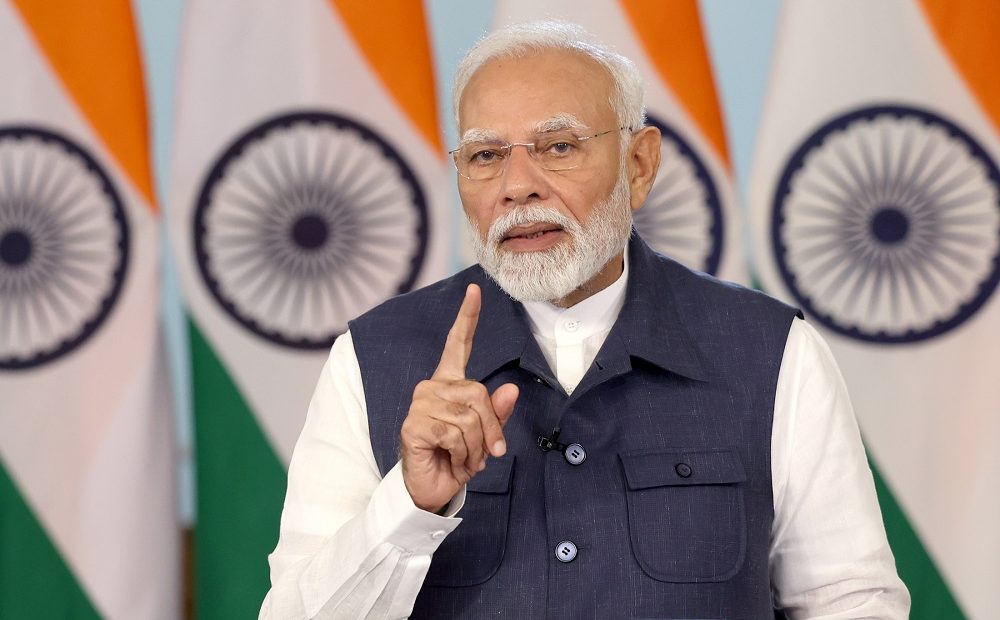
Centre Approves Bihar’s First Nuclear Plant Ahead of Elections
The Union Cabinet has approved Bihar’s first-ever nuclear power plant as part of the nationwide Nuclear Energy Mission, marking a strategic move in the state’s energy framework ahead of impending assembly polls. Union Power Minister Manohar Lal Khattar revealed the regional energy ministers’ conference in Patna on June 25 that Bihar had formally requested the project and would receive full central support.
Unlike large reactors, the proposed plant will use Small Modular Reactor (SMR) technology—a compact, cost-efficient, and inherently safer design—selected under the 2025–26 budget’s plan to establish six such plants across eligible states. These SMRs offer modular deployment with reduced construction time and lower risk, making them ideal for regions with rising power demand like Bihar.
SMR Plant to Drive Energy Security
SMRs are advantageous for grid flexibility and renewable integration. Khattar emphasized that their modularity allows scalable expansion to match load growth. Details on site location and plant capacity will be finalised in the next phase of development. The move aligns with the Centre’s vision to ensure at least one nuclear facility in each eligible state by 2035, while expediting the average construction cycle from 13 years to around 8 years.
A related initiative includes setting up a 1,000 MW battery-storage system with ₹18 lakh/MW support, alongside an interim allocation of 500 MW to Bihar for the next six months to alleviate current supply deficits.
Economic Impact and Grid Resilience
Bihar has long struggled with chronic power shortages and high transmission losses. The SMR plant and battery storage project are expected to stabilise the grid, support industrial consumers, create local employment, and attract investment. These nuclear and storage units complement ongoing infra upgrades—such as the installation of eight million smart meters—and are viewed as critical pillars for sustainable development and clean, reliable energy.
Strategic Outlook to 2035
The nuclear mission forms part of a broader energy strategy that combines thermal, renewable, storage, and nuclear sources. SMR deployment in fleet mode, streamlined regulatory processes, and preferential funding are designed to achieve energy security goals while supporting India’s climate commitments. For Bihar, successfully implementing this nuclear roadmap could deliver significant economic and infrastructural benefits in the coming decade.


















